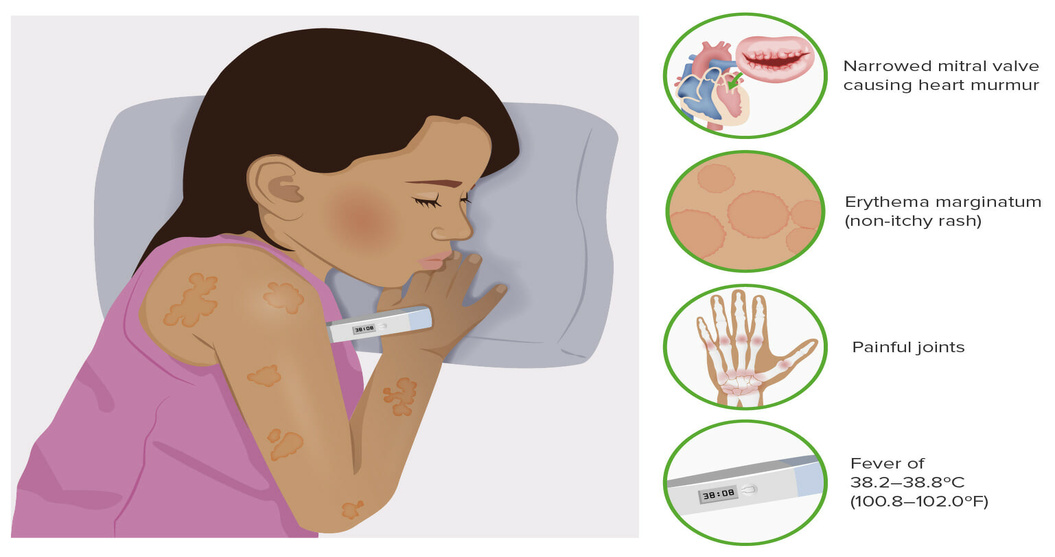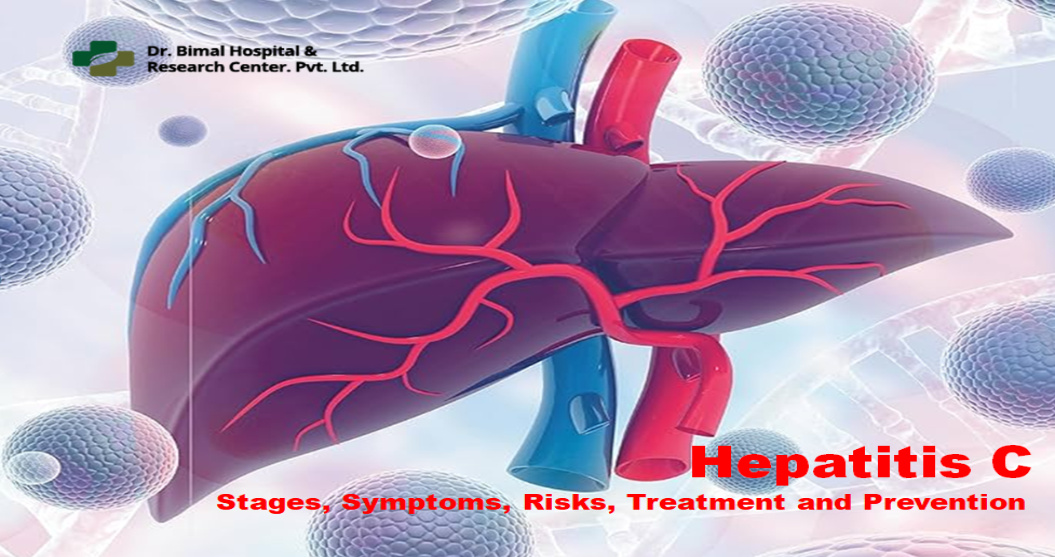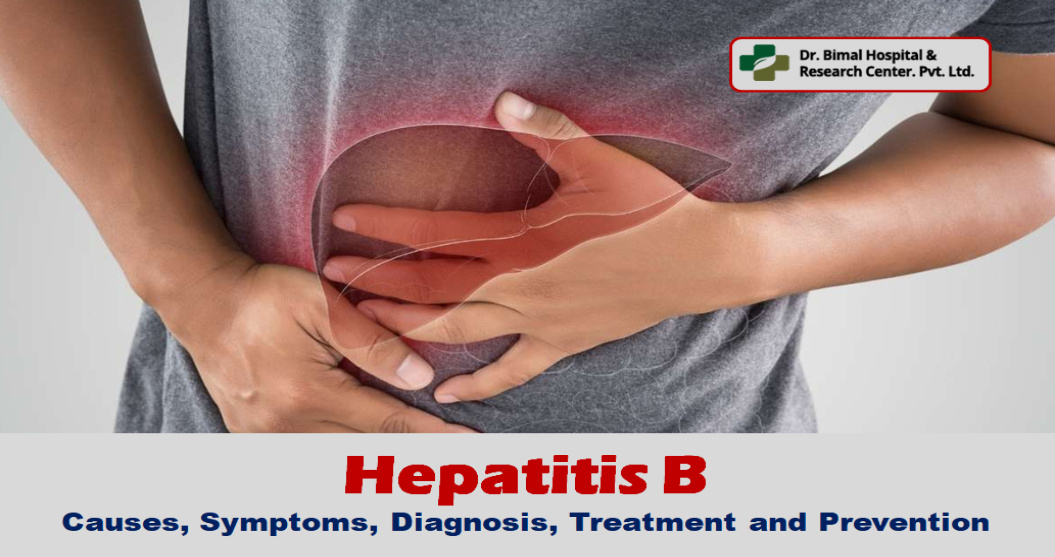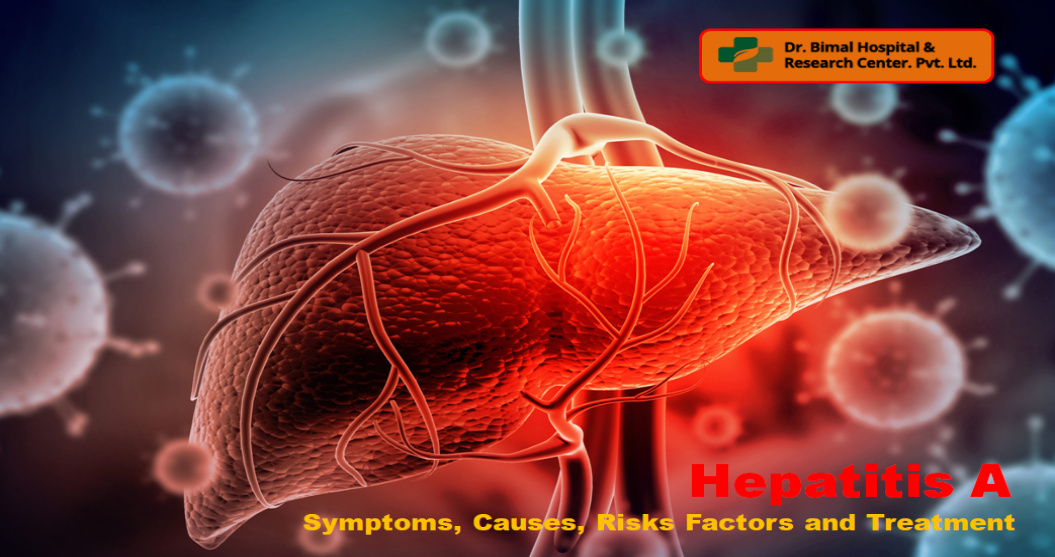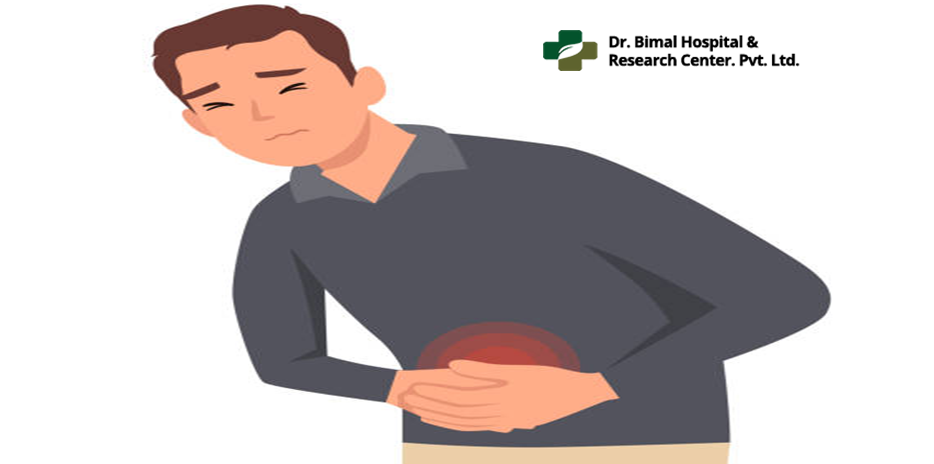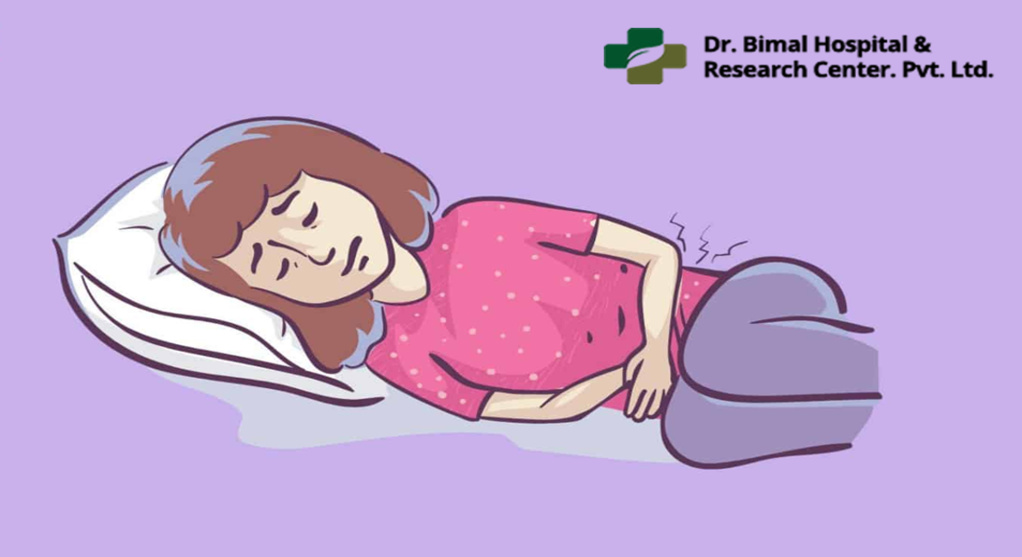Hepatitis A: Symptoms, Causes, Risks Factors and Treatment
In acute hepatitis cases, or the type that lasts a short while, hepatitis A virus (HAV) and hepatitis E virus are usually among the agents. In this blog, we shall primarily focus on hepatitis A: its definition, individuals who may experience it, its mode of transmission, signs/indicators it manifests in the body system, as well as how to treat and prevent it.
What is Hepatitis A?
Hepatitis A is an acute liver infection caused by the hepatitis A virus that is easily transmissible to others. This viral infection spreads through contaminated food and water or by close contact with someone who has contracted the disease.
It does not cause chronic liver damage like other forms of hepatitis do. Occasionally, though, particularly if one already has liver disease, it may lead to severe illness and liver failure.
Hepatitis A is common worldwide, especially in areas with poor sanitation and hygiene. However, due to improvements in public sanitation and vaccination, the incidence of hepatitis A has declined in many parts of the world, including the United States. Still, outbreaks can occur, especially among high-risk populations.
Symptoms of Hepatitis A
Common symptoms in adults include:
- Fatigue and weakness
- Fever
- Loss of appetite
- Nausea and vomiting
- Abdominal pain, especially in the upper right side where the liver is located
- Diarrhoea
- Pale or clay-coloured stool
- Dark urine
- Joint pain
- Jaundice - yellowing of the skin and eyes
Who is at Risk for Hepatitis A?
While anyone can get hepatitis A if exposed to the virus, some people are at higher risk. Risk factors include:
- Travelling to countries with high hepatitis A rates
- Caring for someone infected with hepatitis A
- Certain types of sexual contact (like oral-anal sex)
- Recreational drugs orally, and by injections
- Working with primates infected with the hepatitis A virus
- Chronic liver disease
- Weak immune systems
Worldwide, hepatitis A is common in areas with poor sanitation, hygiene, and crowded living conditions. Children in these communities are often infected at a young age and develop immunity, which leads to milder later infections as adults.
Hepatitis A virus is transmitted through the faecal-oral pathway. There are several ways hepatitis A spreads like eating or drinking contaminated food or water. Hepatitis A can taint food at any point - while growing, harvesting, processing, handling, or cooking. Contamination is more likely when sanitation and cleanliness are poor.
Hepatitis A can spread approximately two weeks before and one week after symptoms manifest. Some infected people, especially children, may never exhibit symptoms but can still be contagious.
Management of Hepatitis A
There is no specific treatment for hepatitis A. The infection needs to run its course. Management emphasises symptom relief and complication prevention.
Home care measures include:
- Resting in bed during the acute phase
- Staying hydrated - drink water, broths, herbal teas, electrolyte solutions
- Eating small, frequent, nutritious meals as tolerated
- Avoiding alcohol, medications, and supplements until recovery
- Applying soothing creams or oatmeal baths for itchy skin
Seek medical care if symptoms are severe or you are at high risk of complication then
- IV fluids if dehydrated
- Medications to relieve nausea and vomiting
- Monitoring of liver function
- Rarely, hospitalization may be required for people with liver failure or bleeding problems
Avoid infecting others during illness by maintaining good hygiene and not preparing food for others. Inform close contacts about the infection.
How to Prevent
Immunisation is the best method to prevent hepatitis A. The hepatitis A vaccine is safe and effective, providing long-lasting immunity in 95-100% of individuals.
The CDC endorses routine hepatitis A vaccination for all toddlers starting at age 1. It is also suggested for certain high-risk groups.
Pre-exposure immunisation is ideal for:
- Travellers to nations with intermediate or high hepatitis A prevalence
- Men who engage in intercourse with men
- People who use recreational substances
- People with chronic liver illness.
- People with clotting element abnormalities
- People who interact with hepatitis A infected primates or in hepatitis A research facilities
In case of exposure to hepatitis A, post-exposure prophylaxis is advised within 2 weeks of contact. This involves either:
- A dose of the hepatitis A vaccine
- An injection of hepatitis A immune globulin, which provides short-term protection
Along with immunisation, practising good hygiene and sanitation can help prevent hepatitis A spread:
- Wash hands with soap and water after using the restroom, changing diapers, before eating/preparing food
- Cook food thoroughly, wash fruits/vegetables
- Use bottled water when travelling
- Practise safe intimacy by using prophylactics
- Do not share hypodermic needles or toothbrushes
- Disinfect surfaces with a bleach-based solution
When to See a Doctor
See your doctor if:
- You suspect you have been exposed to Hepatitis A recently
- You have symptoms of Hepatitis A lasting more than 2 months
- You have severe symptoms like vomiting, intense abdominal pain, fever, clay-coloured stools
- You have yellowish skin or eyes
- You have a weak immune system
Your doctor can order blood tests to diagnose Hepatitis A and monitor your condition. Prompt treatment of severe symptoms can prevent serious complications.
Overview HEV
Hepatitis E, as a case of hepatitis A, is also a viral infection causing acute hepatitis. It is quite frequent in developing countries but rare in developed countries.
Infected faeces transmitted in the contaminated drinking water form the main route of transmission for Hepatitis E, particularly in open defecation areas.
The symptoms are very similar to those of hepatitis A- tiredness, desire to vomit, fever, abdominal pain, and jaundice. Hepatitis E is also non-chronic and it never leads to liver damage. Most people recover fully within 4 to 6 weeks.
When pregnant women get hepatitis E, it may be severe with high mortality rates. However, it has no specific treatment apart from rest and fluids. Good hygiene practices and boiling or filtering water prevent infection.
Summary
Hepatitis A is a contagious but short-term viral infection of the liver caused by consuming or contacting faeces infested food and water. Signs consist of fatigue, vomiting tendency, feverishness and yellowing of skin. Risk factors include travelling abroad, especially to poorer nations with inadequate sanitation, sharing needles among drug addicts, residing without permanent shelter, and poor or no personal hygiene maintained among people living below the poverty line. Vaccination and proper sanitation and hygiene practices can prevent Hepatitis A, while quick emergency treatment can prevent complications like cirrhosis, which could lead to liver failure. Contact Dr Bimal Hospital and Research Center Pvt. Ltd. book an appointment with Dr Bimal Kumar (MBBS,MD(Medicine),DM(Gastro)). one of the best hospitals in Patna.
.jpg)
Dr Bimal Kumar
M.B.B.S , MD, DNB(Gastroenterologist)


